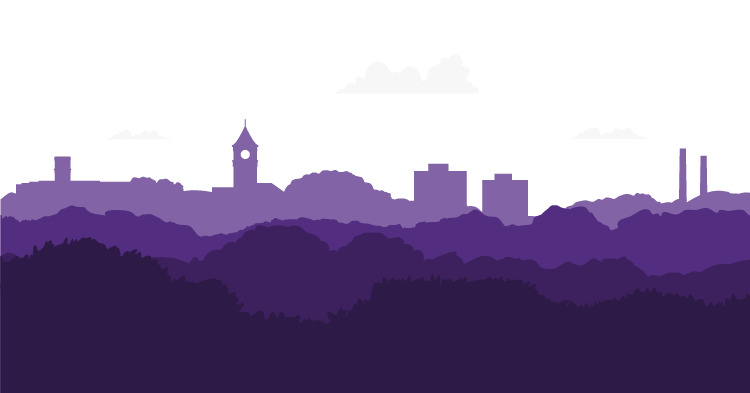To register or find more information, please visit: https://thecaav2020.planningpod.com/
The CAAV, the Campus Alliance for Advanced Visualization, is a volunteer-driven nonprofit organization that promotes the effective use of large-format visualization displays, such as CAVE-style immersive systems and tiled panel displays, as well as advanced visualization software. We strive to promote the uses of such hardware and software by fostering academic-style open expression and discourse among those who work in advanced visualization.
The primary benefit to members of THE CAAV emanates from the members of the community themselves, through the sharing of ideas and concerns important to the operation of advanced visualization facilities. On an ongoing basis, THE CAAV operates a slack channel for members to ask and answer questions and share other ideas. One day each month (the 10th) is promoted as a day when a higher percentage of members can connect and thus have more lively back and forth discussions. Annually, THE CAAV hosts a conference where members can give presentations, participate on panels, and informally converse face to face to learn about what’s taking place as similar (or dissimilar) facilities around the world.
Main Hall in Mozilla Hubs, designed by Ross Mackensie, Michael Bell and Allie Glavey
Keynotes: Elizabeth Baron, Unity; Alex Simoes, Datawheel
Contact
Please feel free to make contact with THE CAAV. https://thecaav.squarespace.com/
